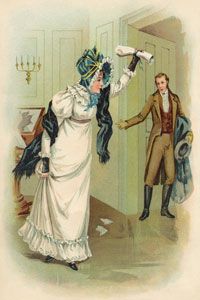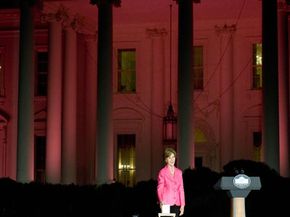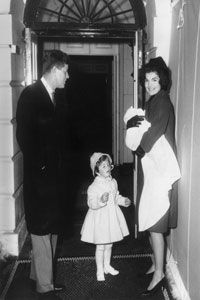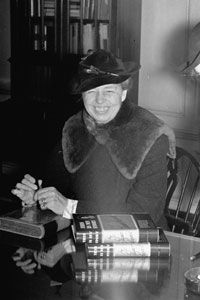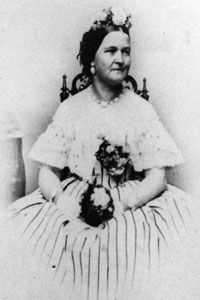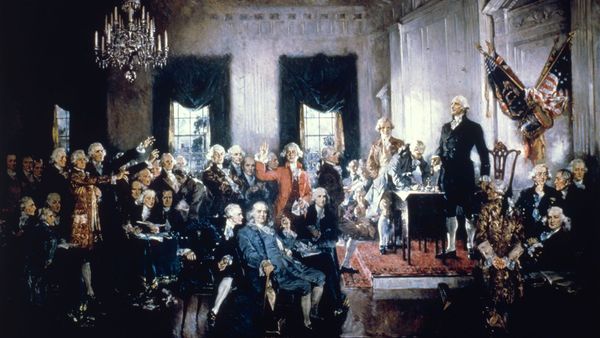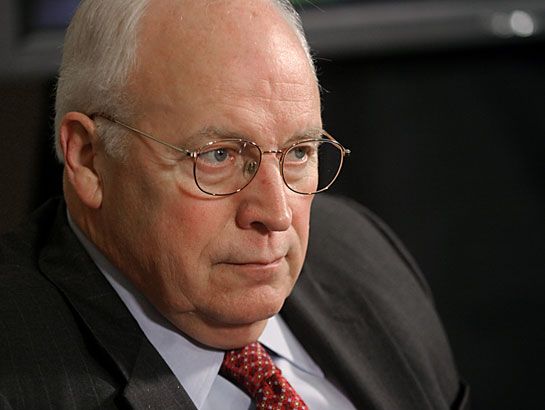On any given day, the first lady of the United States (FLOTUS) is under pressure. From sunrise to sunset, she may be hosting a tea for visiting dignitaries, testifying before Congress, advising the president (her husband), delivering a statement before a few dozen TV reporters and directing the renovation of a room within the White House -- all while wearing a pantsuit that critics may later say was a bad color choice for her.
When Martha Washington became first lady in 1789, there were no points of reference for the position. Like other upper-class ladies of the time, Martha Washington's chief duty was serving as mistress of her house. But now, she would be mistress of the house of the U.S. president, and she'd be receiving and entertaining men of rank and their families. She was called Lady Washington, partly out of affection but mostly because the fledgling United States hadn't devised an official title for her.
Advertisement
Subsequent presidential wives would be addressed as "lady" or even Mrs. President. Those who were objects of the public's ire were called such unflattering titles as Her Majesty and Lady Presidentress -- throwbacks to British monarchical titles. The first documented use of "first lady" is when President Zachary Taylor eulogized Dolley Madison as "[the United States'] First Lady for a half-century" [source: Watson].
In 1858, bachelor President James Buchanan's niece Harriet Lane agreed to serve as his White House hostess, and the press, uncertain of what to call her, was led by Leslie's Illustrated Newspaper in dubbing Lane the first lady. Just three years later, the New York Herald and the Sacramento Union used that title for Mary Todd Lincoln, and when Lucy Hayes, the first presidential wife with a college education, came into the position, it was used almost exclusively to pay homage to her [source: National First Ladies Library]. While it's not a formal title, "first lady" has been used to address the wife of the president (or the appointed White House hostess) for at least 26 administrations.
Much of the information on the first lady is anecdotal; scholars haven't devoted as much research to the position as they have to the presidency. But as we'll see, burgeoning theories about the office prove that it's quite a powerful position.
Advertisement
